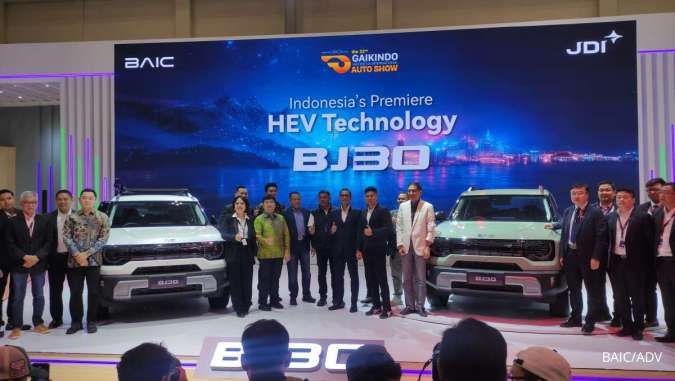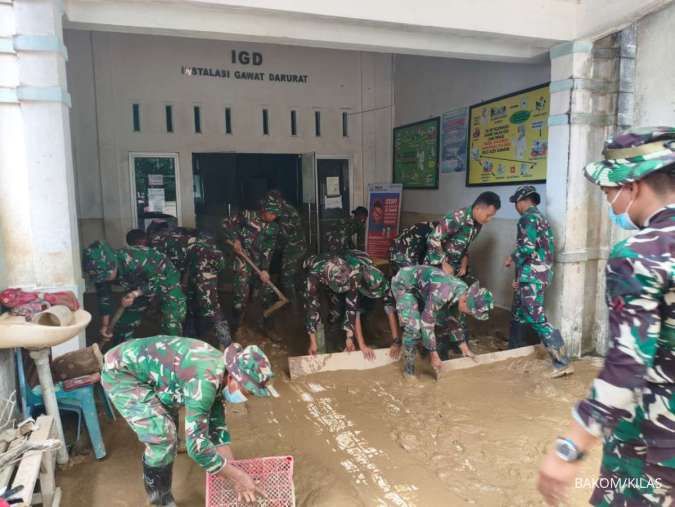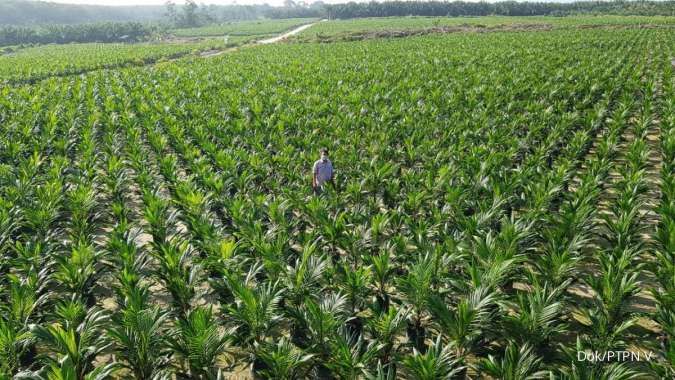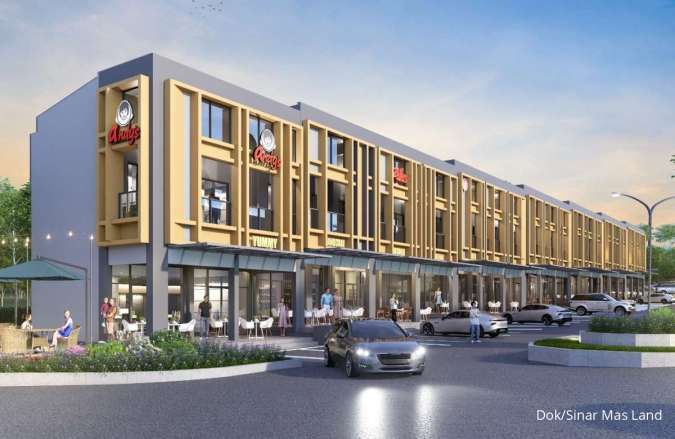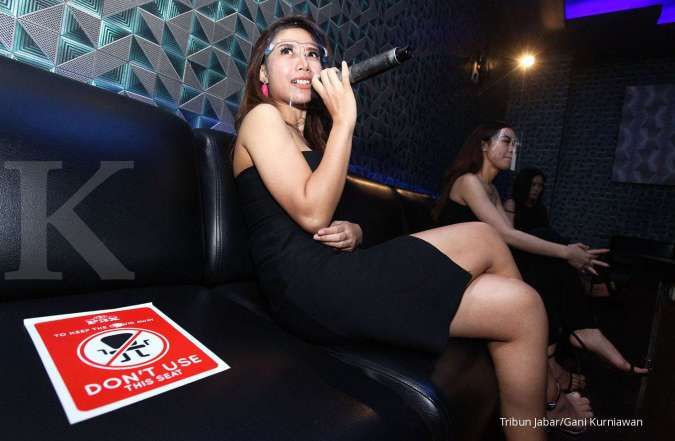KONTAN.CO.ID - Like the impact of the pandemic itself, the global recovery over the past several years has been stilted and uneven. As a result of shifting capital and market forces, 2023 witnessed a level of global inequality on par with that of South Africa – the country with the highest inequality in the world. The drivers behind this trend are complex, but one thing is clear: official development assistance (ODA) is one of the most effective ways to even the playing field. ODA models and financing mechanisms have evolved over the decades. Since its inception in the 1960s, ODA has taken various forms including grants, loans, private investment, and export credits. But as the world changes, so do the needs of aid recipients, as well as the challenges they face. To meet these evolving challenges, ODA donor countries continue to seek new models that can better solve intractable social and environmental issues and close the gap between the two sides of the world. One such innovative model can be found in South Korea, the first country in history to go from receiving ODA to being a donor. In 2015, the Korea International Cooperation Agency (KOICA) launched the Creative Technology Solution (CTS) program with the idea of attracting entrepreneurs and startups to work on solving particularly difficult development challenges. By bringing innovators into the international development cooperation space, CTS has successfully harnessed creative ideas and new technologies to deliver solutions to communities in developing countries while also assisting startups in global expansion.
Reimagining ODA Models for a New Era of Development Cooperation
KONTAN.CO.ID - Like the impact of the pandemic itself, the global recovery over the past several years has been stilted and uneven. As a result of shifting capital and market forces, 2023 witnessed a level of global inequality on par with that of South Africa – the country with the highest inequality in the world. The drivers behind this trend are complex, but one thing is clear: official development assistance (ODA) is one of the most effective ways to even the playing field. ODA models and financing mechanisms have evolved over the decades. Since its inception in the 1960s, ODA has taken various forms including grants, loans, private investment, and export credits. But as the world changes, so do the needs of aid recipients, as well as the challenges they face. To meet these evolving challenges, ODA donor countries continue to seek new models that can better solve intractable social and environmental issues and close the gap between the two sides of the world. One such innovative model can be found in South Korea, the first country in history to go from receiving ODA to being a donor. In 2015, the Korea International Cooperation Agency (KOICA) launched the Creative Technology Solution (CTS) program with the idea of attracting entrepreneurs and startups to work on solving particularly difficult development challenges. By bringing innovators into the international development cooperation space, CTS has successfully harnessed creative ideas and new technologies to deliver solutions to communities in developing countries while also assisting startups in global expansion.
